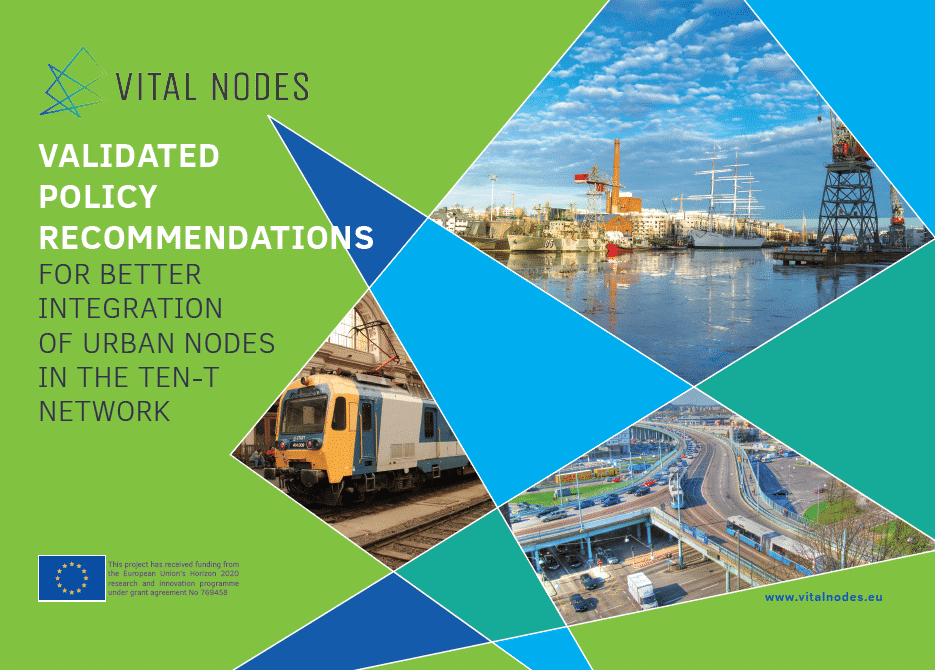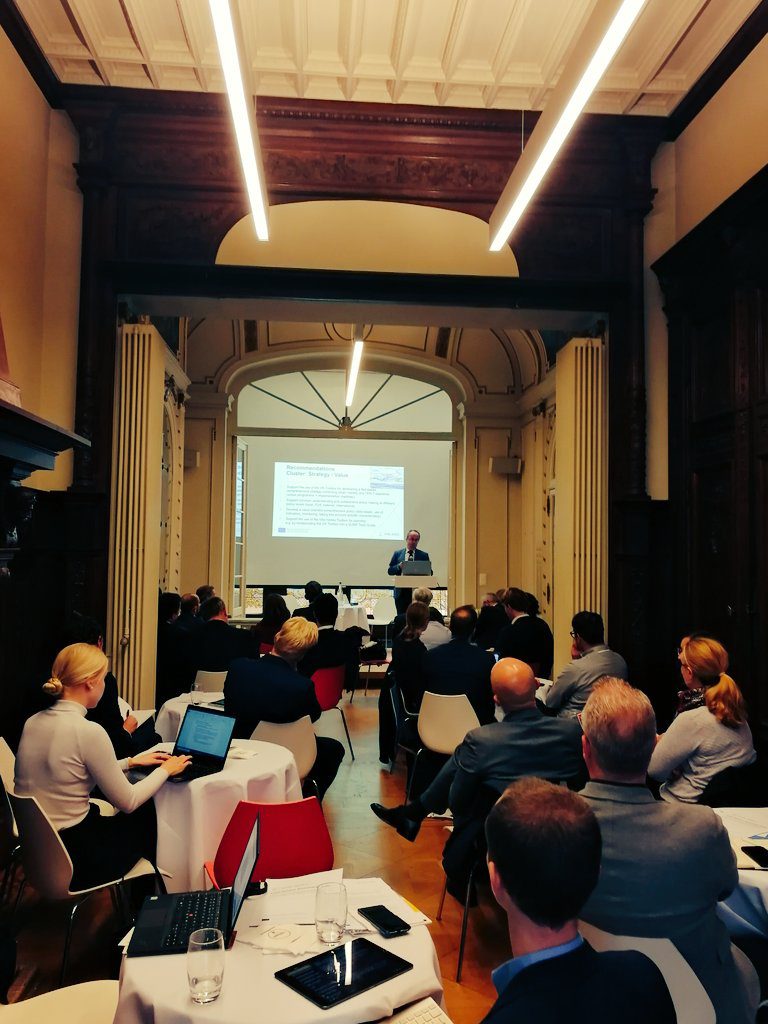VITAL NODES
The aim? To develop sustainable freight mobility within urban nodes.
Increasing pressure is being placed on cities to manage urban freight, with solutions urgently needed to manage issues around demand and sustainability.
VITAL NODES addressed the multi- and intermodal connection between long-distance and last-mile freight logistics and prioritized the  deployment of innovative measures in the Urban nodes that are at the core of the Trans-European Transport Network (TEN-T). To develop sustainable freight transport systems while taking action to mitigate the negative impacts of traffic, it is necessary to develop an integrated system involving all levels: European, regional and urban. Cities play a key role to involve all stakeholders - especially freight carriers and infrastructure providers- and enable sustainable policymaking.
deployment of innovative measures in the Urban nodes that are at the core of the Trans-European Transport Network (TEN-T). To develop sustainable freight transport systems while taking action to mitigate the negative impacts of traffic, it is necessary to develop an integrated system involving all levels: European, regional and urban. Cities play a key role to involve all stakeholders - especially freight carriers and infrastructure providers- and enable sustainable policymaking.
VITAL NODES delivered three key results:
1. Self-sustaining network of networks consisting of experts, end-users and case-owners
2. Proven Vital Nodes approach for future cases consisting of an enriched and fine-tuned toolbox, an appraisal methodology, a format for workshops, and a deployment strategy
3. Validated recommendations on the integration of urban nodes in TEN-T core network corridors
The project brought together partners including transport bodies and operators, research institutions and government agencies from across Europe. It also presented five alternatives for a possible structure of a lasting Vital Nodes network, varying from little (ad-hoc) coordination between the members to a full controlled independent network with a management board, secretariat, etc. There is a need for collaboration on all levels to integrate spatial planning and infrastructure planning in Functional Urban Areas (FUAs).
Policy Recommendations, Result brochure and Validated Recommendations are available online.
The project was funded by the European Union’s Horizon 2020 research and innovation programme
Want to keep up with the latest news? Visit the project's website.



